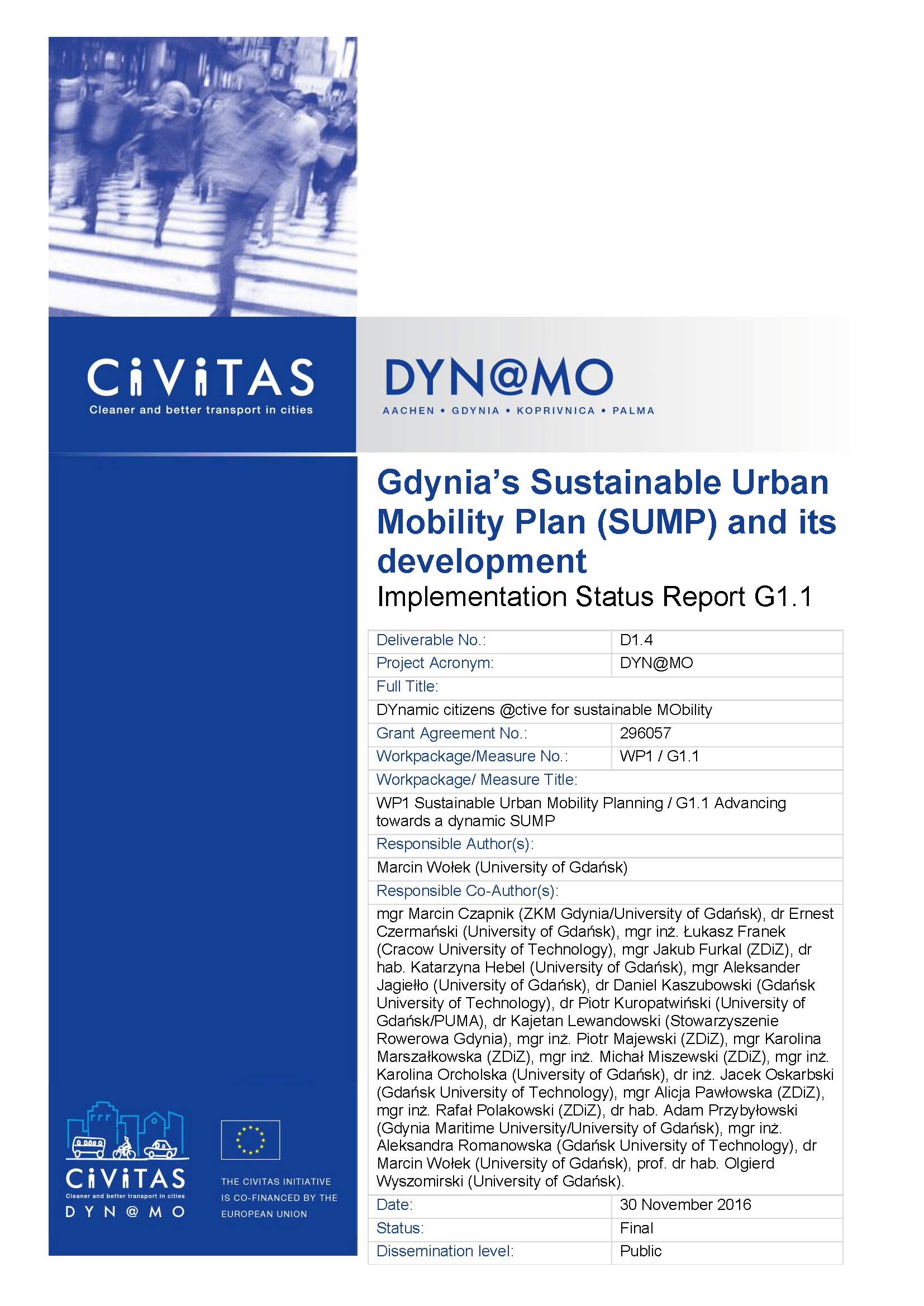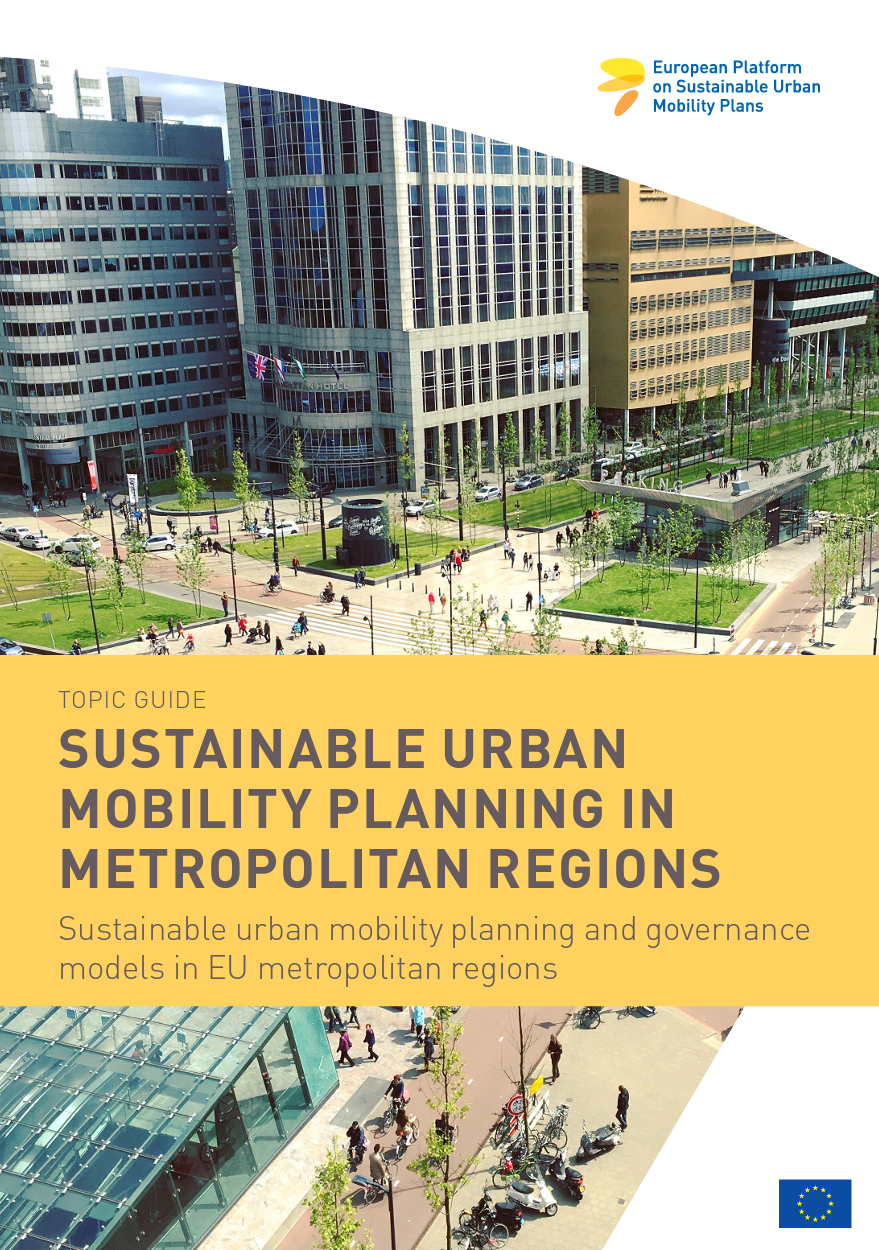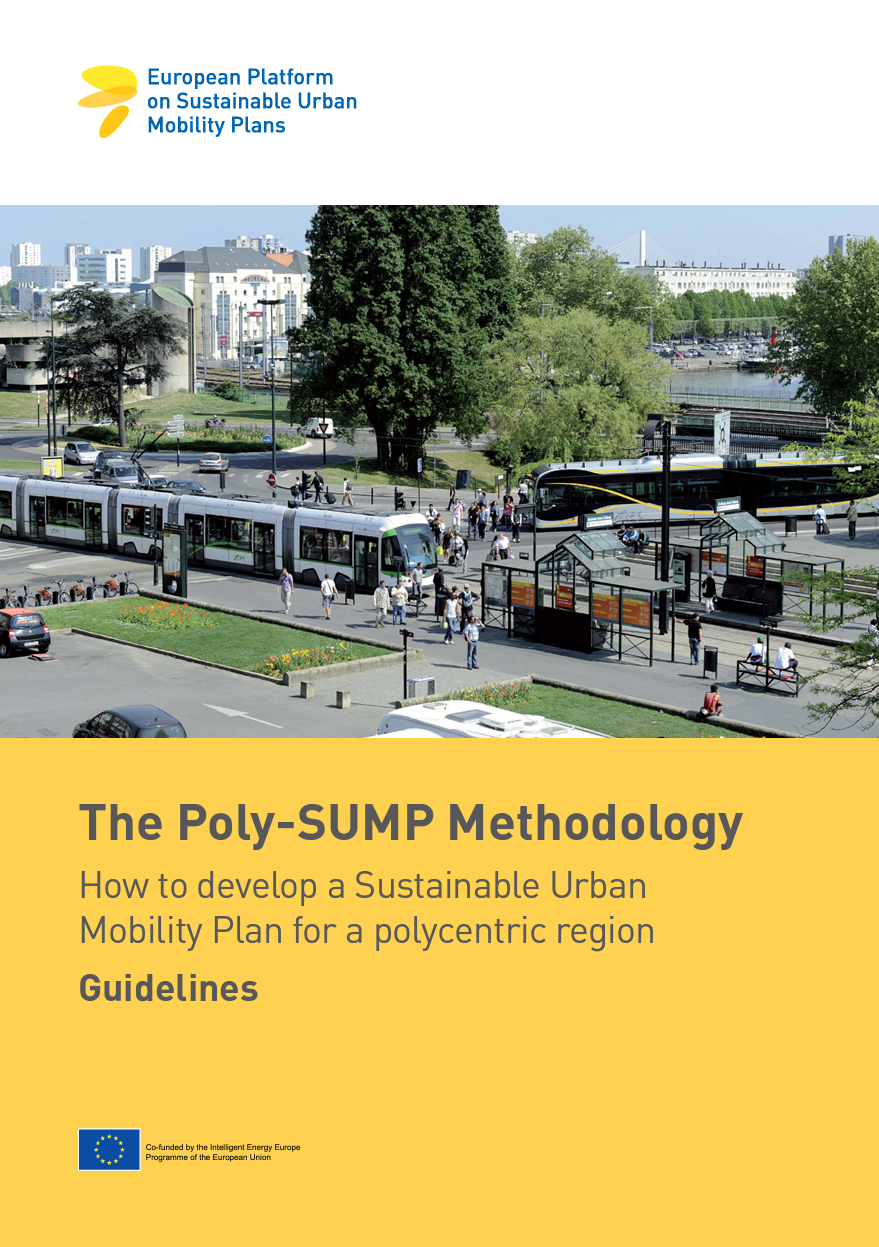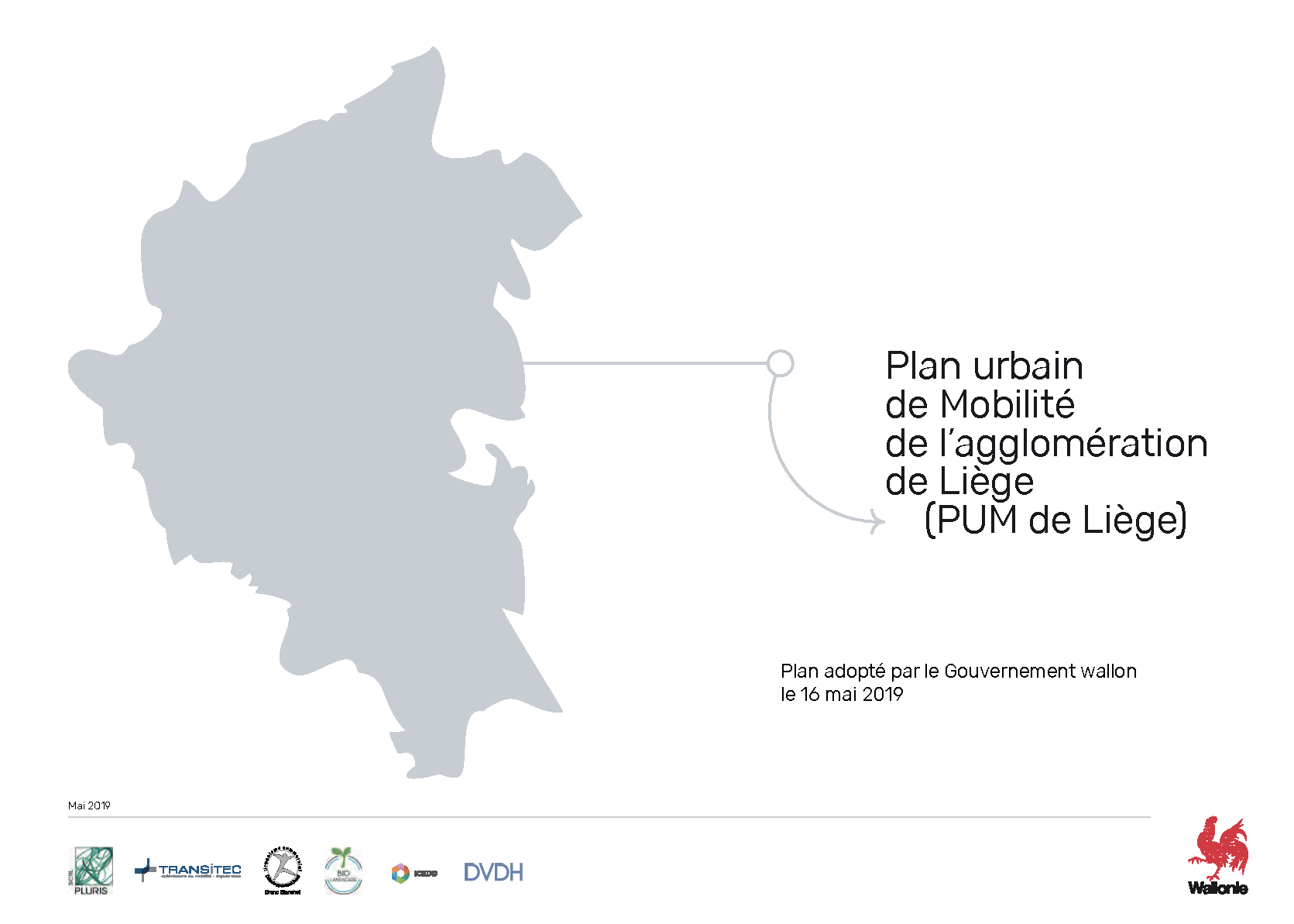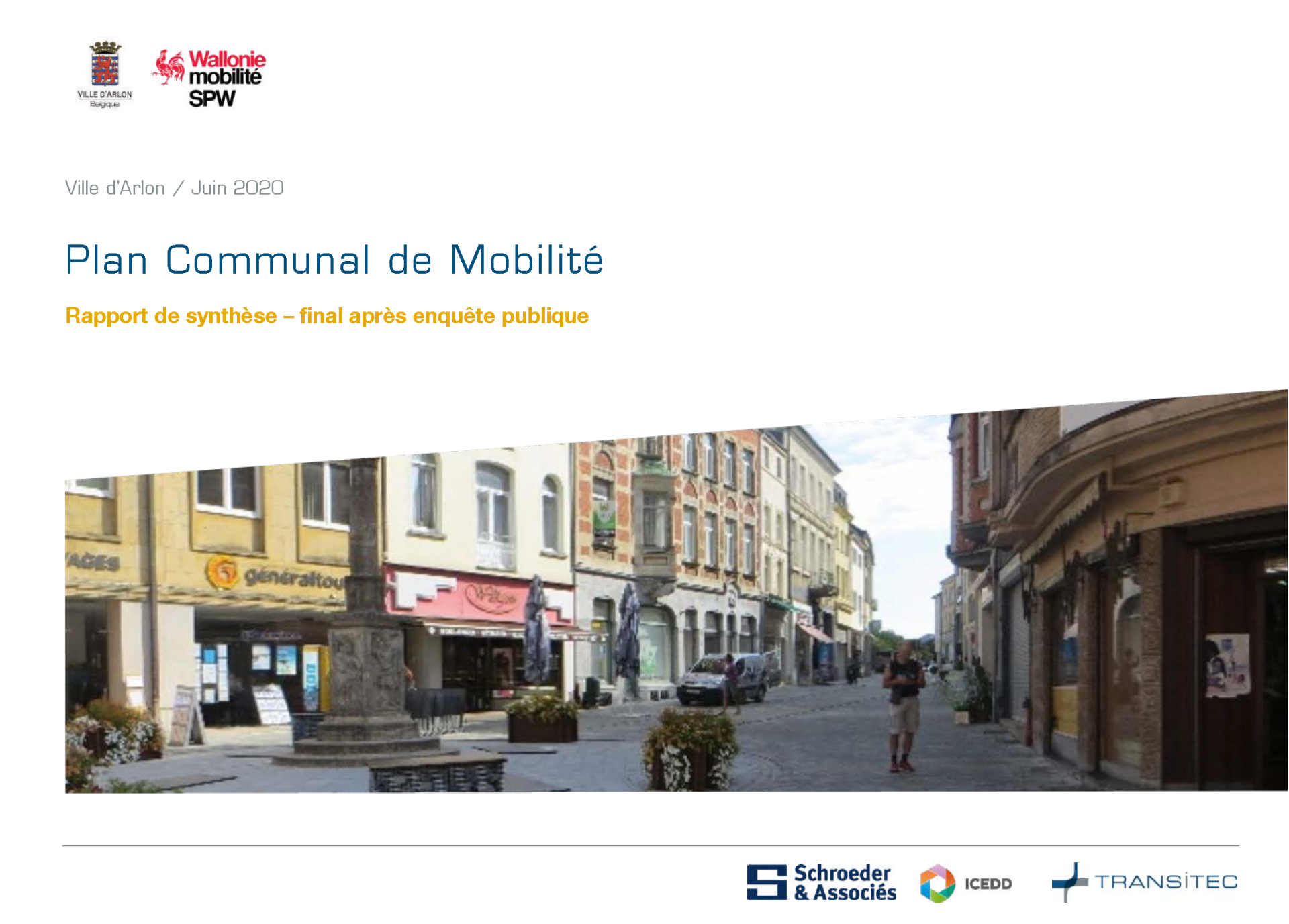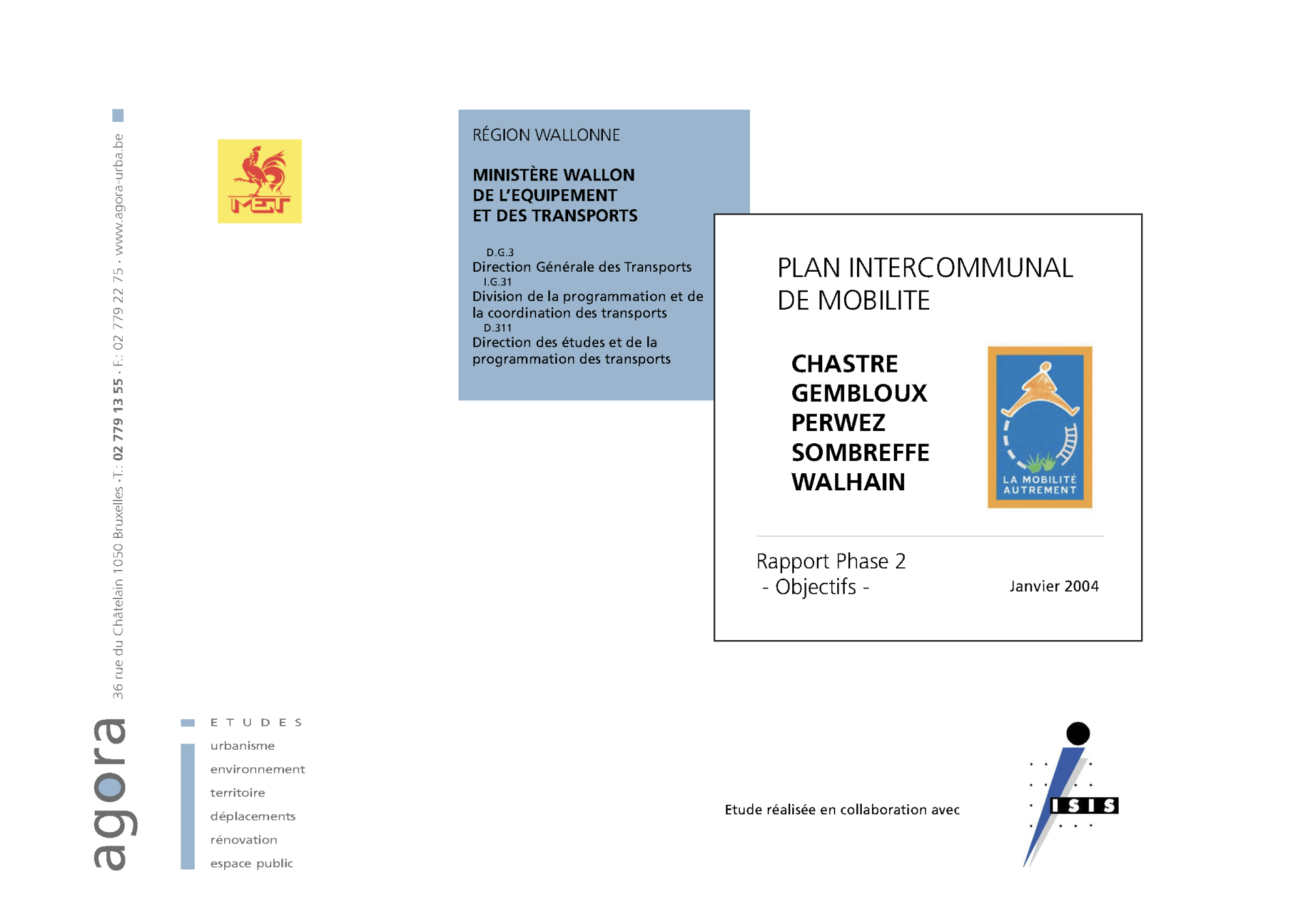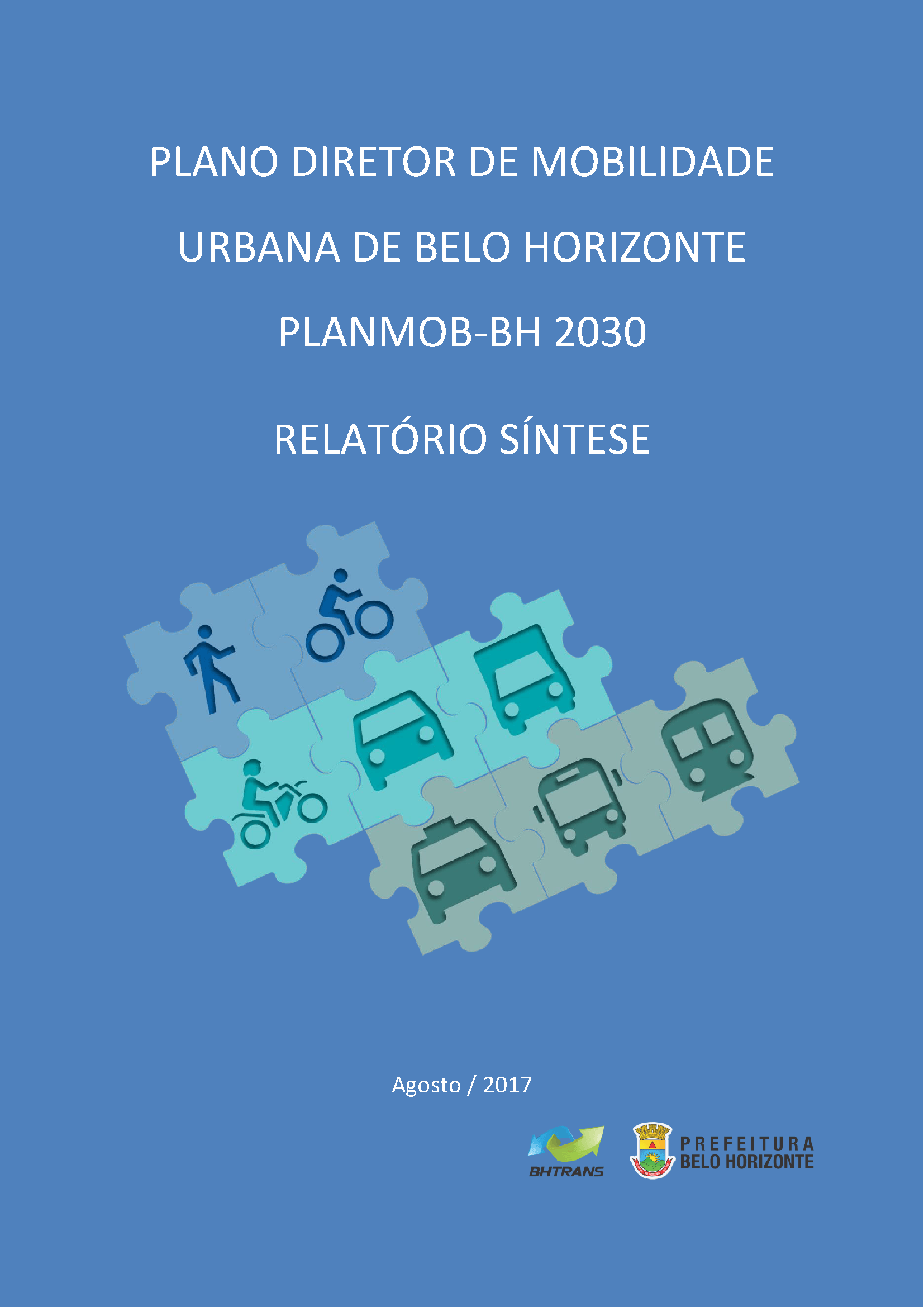
n
The differences between Urban Transport and Urban Mobility Planning
Traditional Urban Transport Planning concentrates on the movement of vehicles without considering accessibility or changes in spatial development. Urban Mobility Planning concentrates on the movement of people and accessibility as well as spatial development options that improve mobility.
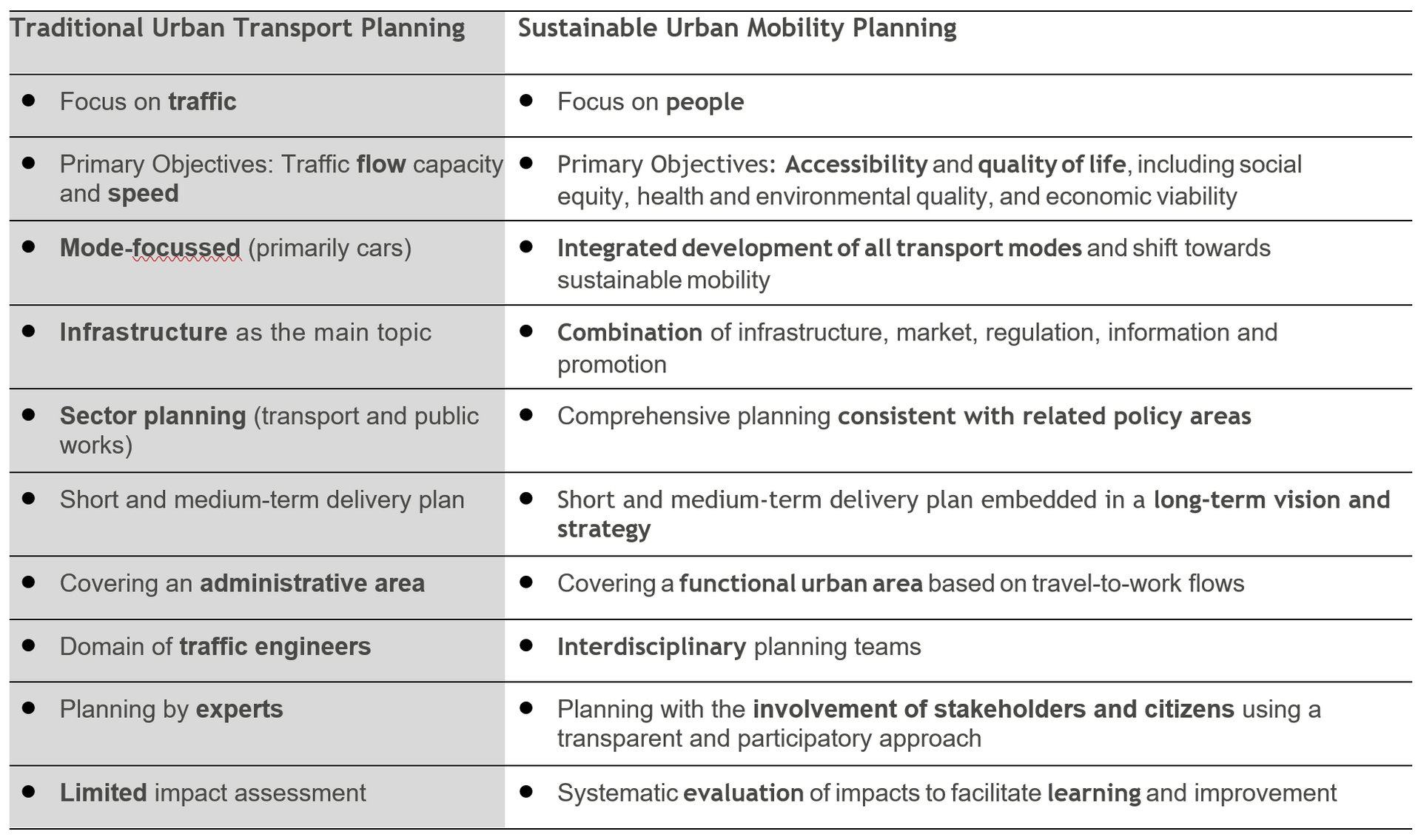
n
Urban Mobility Planning Methodologies
Although urban mobility plans are developed to meet the unique characteristics of each city, several countries have developed their own planning methodologies based on national policies and objectives. Many have adopted the European Commission "SUMP" methodology which focuses on Consultation and Sustainability. Some (such as Belgium) have developed methodogies for agglomerations, groups of neighbouring municipalities and metropolitan areas, others (such as Brazil) are based on city population size (20,000 inhabitants).
n
European Union
Sustainable Urban Mobility Plan (SUMP) | 2016
The European Union has promoted a methodology for developing Sustainable Urban Mobility Plans (SUMPs) that is designed to satisfy the mobility needs of people and businesses in cities and their surroundings for a better quality of life. People are the main focus of the SUMP planning process whether they are commuters, businesspeople, consumers, customers or any other role. This people-centric planning process is one of the main differences from more traditional transport planning, which tend to focus on traffic and infrastructure rather than people and their mobility needs. The European Commission has actively promoted these concepts for several years and they have been used by most countries within Europe and elsewhere. The SUMP methodology defines the study area as "the functional urban area" which is based on travel-to-work patterns within the city and surrounding areas. A good example of the EU SUMP approach is the 2016
Sustainable Urban Mobility Plan for Gdynia in Poland (250,000 inhabitants).
Sustainable Urban Mobility Planning in Metropolitan Regions | 2019
The European Union has developed a Metropolitan Region Planning Methodology that is being used to develop metropolitan scale Sustainable Urban Mobility Plans. It provides a common definition, examples and lessons learned and recommendations on different aspects and steps of the planning process, taking into account different institutional context conditions. Metropolitan regions are confronted with high commuter flows entering the centre every day and are often nodes of long-distance transport and of national importance. A spatial approach that covers the metropolitan functional area can address the needs and expectations of the urban core and its commuter flows, as well as adopt a strategic, long-term and integrated approach on transport and spatial planning for the whole area that would not be possible by developing individual, municipal level SUMPs. This allows better coordination of the needs of all the administrative units involved and a better collaboration in the implementation of major projects. It ensures a more strategic vision on the needs and development potential of the metropolitan area.
The Poly-Sump Methodology | 2014
The European Union has developed a Poly-SUMP Methodology that is being used to develop Sustainable Urban Mobility Plans (SUMP) for regions with polycentric profiles crossing administrative areas. The Poly-SUMP Methodology uses a collaborative working process to bring together key stakeholders of the polycentric region to initiate dialogue across institutional and geographic boundaries, regarding the region’s common mobility challenges and issues. It adapts the SUMP methodology, originally conceived at city administrative level, for a polycentric region including a network of towns and villages.
n
Belgium
Plan Urbain de Mobilité
The Plan Urbain de Mobilité (PUM), "Urban Mobility Plan", is designed to organize the structural elements of mobility at the scale of an urban agglomeration by coordinating all agencies responsible for mobility to achieve a comprehensive and coherent approach. An example of this approach is the 2019 Urban Mobility Plan for the Liège agglomeration (600,000 inhabitants and 24 communes).
Plan Communal de Mobilité
The Plan Communal de Mobilité (PCM), "Commune Mobility Plan" is a communal or municipal urban mobility plan. It is designed to improve accessibility and mobility, road safety and the living environment. An example of this approach is the 2020 Commune Mobility Plan for Arlon (30,000 inhabitants).
Plan Intercommunal de Mobilité
The Plan Intercommunal de Mobilité (PICM) or "Inter Commune Mobility Plan" concerns the improvement of mobility in a group of neighboring municipalities. An example of this approach is the 2004 Inter Commune Mobility Plan for the communes of Chastre, Gembloux, Perwez, Sombreffe and Walhain (5 communes and 47,150 inhabitants).
n
Brazil
Plano de Mobilidade Urbana (PlanMob)
In Brazil, a Plano de Mobilidade Urbana (PlanMob), Urban Mobility Plan, is required for cities with more than 20,000 inhabitants in order to access federal funding support. Urban Mobility Plans must meet the objectives of the National Urban Mobility Policy. They should be sustainable, comprehensive, give special attention to mass transit, non-motorized modes and offer universal accessibility. The planning process must be based on consultation with communities, and it should identify ways to reduce the car trips, prioritize public transport, increase walking and cycling, reduce energy consumption, emissions and greenhouse gases and improve safety. The principles of Transit Oriented Development (TOD), and People Oriented Development (POD) should be followed along with the identification of sources of finance for implementation. An example of this approach is the 2017 Plano Diretor de Mobilidade Urbana de Belo Horizonte (2.7 million inhabitants)


